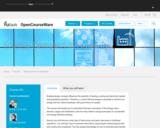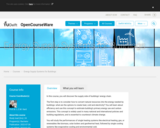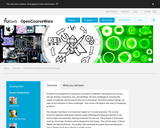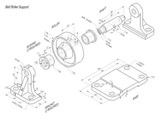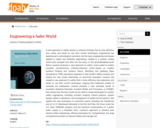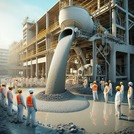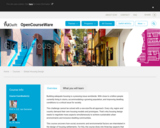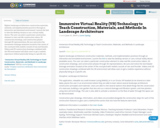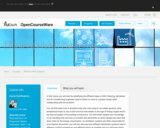
In this course you will start by identifying the different steps a HVAC (Heating, Ventilation and Air Conditioning) engineers need to follow to come to a proper design while collaborating with the architect.
You will then learn how to distribute heat and cold using air and water systems, what temperature levels to use in both and how that relates to the type of energy supply and to the thermal quality of the building construction. You will further deepen your knowledge on air handling units and how to humidify and dehumidify air when needed and what that does mean for the energy consumption. As ventilation systems are often responsible for local thermal discomfort, you will also discover how different distribution systems lead to different comfort experiences and different indoor air qualities and you will know which simple control techniques can be applied.
Finally you will study a modern complex system consisting of an aquifer thermal storage, heat pump, boiler, solar collector, PV-cells, air handling unit, water and air distribution systems. This will allow you to develop skills to catch the complexity of such HVAC systems and to understand the basic rules of how to control them to get the best out of them and how to use data from the Building Energy Management System to help you in this task.
- Subject:
- Applied Science
- Architecture and Design
- Engineering
- Material Type:
- Full Course
- Provider:
- Delft University of Technology
- Provider Set:
- TU Delft OpenCourseWare
- Author:
- Laure Itard
- Date Added:
- 02/09/2023

